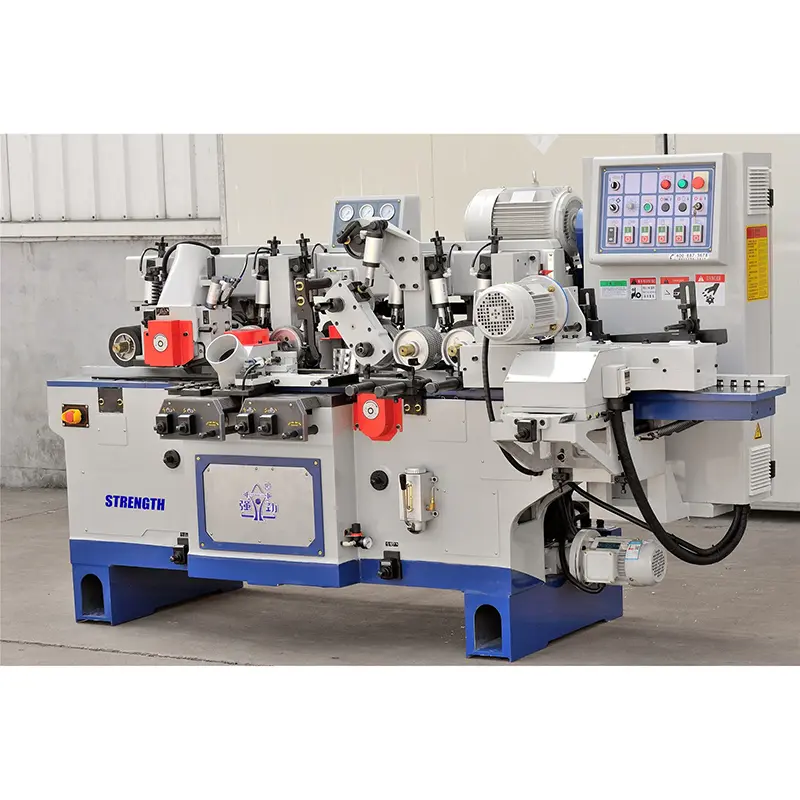Planing wood is an essential skill for any DIY enthusiast or woodworking enthusiast. Whether you’re a beginner or an experienced woodworker, having the right tips and tricks can make a big difference in the quality of your finished project. In this article, we’ll explore the top ten wood planing tips and tricks for DIY enthusiasts to help you achieve professional results with your wood planer.
Choose the right wood planer
The first step to achieving good results with a wood planer is to choose a wood planer that suits your needs. There are different types of wood planers available, including hand planers, electric planers, and thickness planers. When choosing a wood planer, consider the size of your project, the type of wood you will be using, and your budget.
Understand grain direction
Before you start planing, it’s important to know the direction of the wood grain. Planing against the grain can result in tears and a rough surface. Always plan against the grain for a smooth, clean cut.
Sharpen your blades
A sharp blade is essential for achieving clean, precise cuts when planing wood. Sharpen and maintain wood planer blades regularly to ensure optimal performance. Dull blades can cause tears and uneven surfaces, so investing in a quality blade sharpening system is a wise decision.
Use a planer sled for wide boards
When planing wide boards, a planer sled can help support the wood and protect it from cuts. A planer sled is a simple jig that keeps the board flat and level as it passes through the planer, creating a consistent and smooth surface.
Take a Lite Pass
It’s better to use a wood planer in a light sweep rather than trying to remove a large amount of material at once. This method reduces the risk of tearing and allows for better control of the planing process. Gradually adjust the cutting depth and make multiple passes until you reach the desired thickness.
Use a dust removal system
Planing wood produces a lot of sawdust and debris. Using a dust collection system or a shop vacuum with a dust cover attachment can help keep your workspace clean and prevent sawdust from interfering with the planing process.
Check for snipe
Countersinking refers to a slight depression or protrusion at the beginning or end of the board after planing. To minimize pinching, support both ends of the board as it enters and exits the planer. You can also use sacrificial boards at the beginning and end of the artifact to reduce sniping.
Consider particle orientation
When planing multiple pieces of wood for a project, consider the direction of the wood grain. Matching the grain direction of individual components can produce a more cohesive and visually appealing final product.
Use a planer to install the fixture
Setting up a planer blade can be a challenging task. A planer setting jig can simplify the process and ensure the blades are properly aligned for optimal performance. This tool is especially useful for beginners who may have difficulty aligning their blades.
Take appropriate safety measures
Last but not least, always prioritize safety when using a wood planer. Wear appropriate safety gear, such as safety glasses and hearing protection, and follow the manufacturer’s guidelines for safe planer operation. Also, keep your work area clean and free of obstructions to prevent accidents.
All in all, mastering the art of wood planing requires practice, patience, and proper technique. By following these top ten wood planing tips and tricks for DIY enthusiasts, you can improve your woodworking skills and get professional-quality results with a wood planer. Whether you’re smoothing rough wood, creating a custom mold, or flattening a board, these tips will help you get the most out of your wood planing project. Happy planning!
Post time: Jun-26-2024

